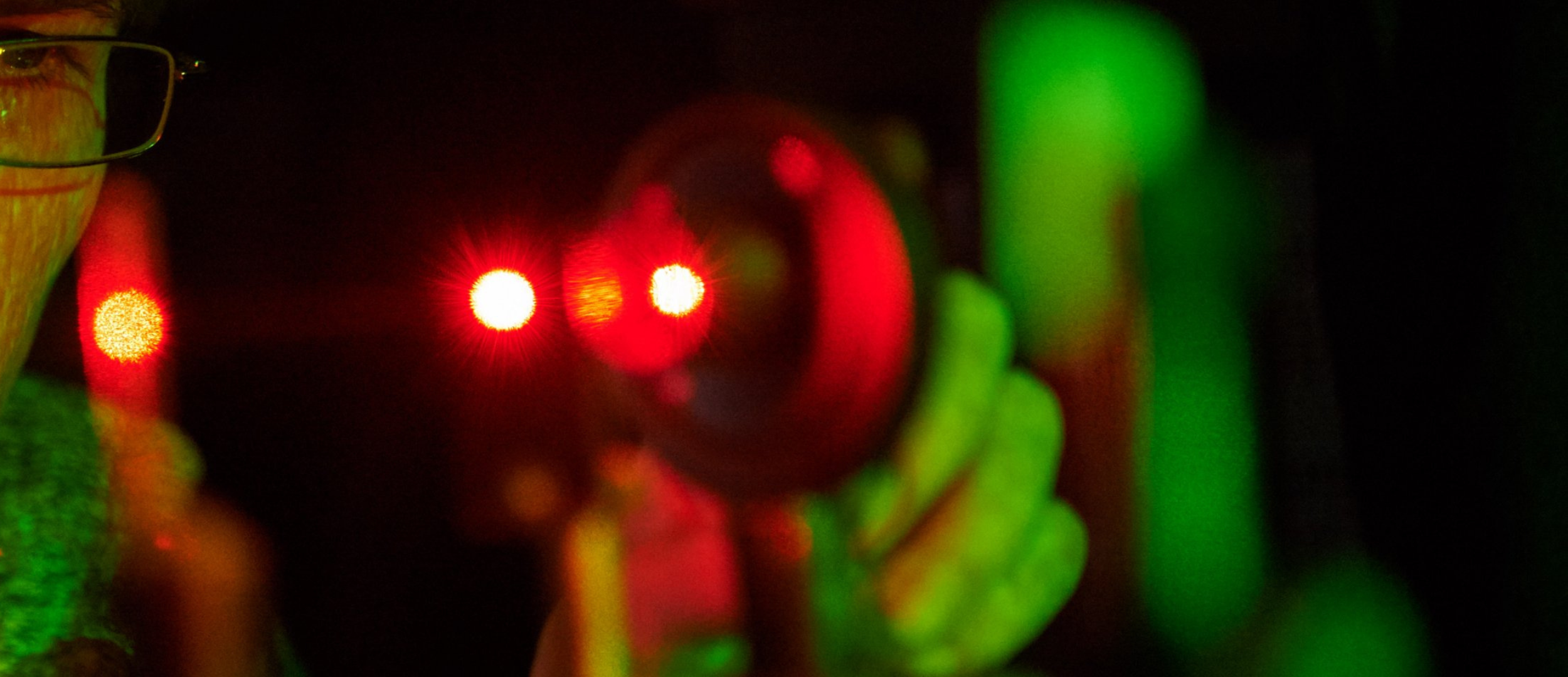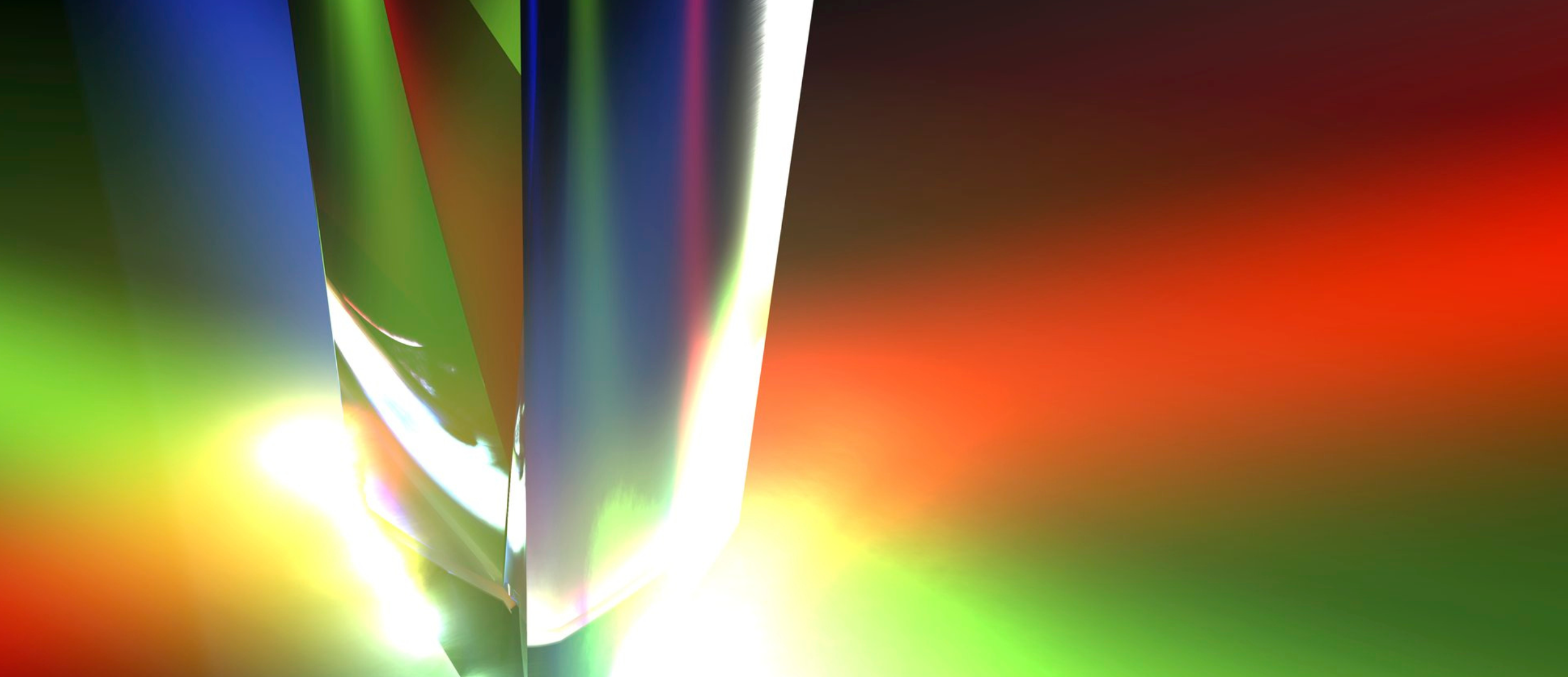In the search of more cost-effective and greener materials for solar cells production, and followed by the rising development of organic optoelectronics, inorganic compounds are being substituted by novel versatile alternatives that ensure high photostability and optimal absorption capabilities in the VIS range.
Organic materials, which can be more easily found in nature and whose processing for manufacturing methods is cheaper and safer, show great potential in the development of the Renewable Energy industry [1].
One such alternatives, the 4,4-difluoro-4-bora-3a,4a-diaza-s-indacene (BODIPY) was discovered more than 40 years ago and over the past decades, its optoelectronic properties have been subject of multiple studies due to its potential in the field of organic semiconductor materials. In this scope, researchers from Universidad del Valle, proposed the use of organic molecules consisting of derivatives of the BODIPY compound linked to electro-attractive units, such as Fullerene 𝐶60C60, whose combination could enhance the photophysical properties of the material.
KC Cerquera et Al propose the use of Fullerene[60]pyrrolidine and Fullerene[60] isoxazoline for solar cell production
As they explain in their publication [2], traditional antennas made up of porphyrins or phthalocyanine molecules are being replaced by derivatives of the 4,4-difluoro-4- bora-3a,4a-diaza-s-indacene, also referred to as BODIPY (Figure 1).

This structure presents 8 reactive sites that can lead to the development of multiple derivatives, with interesting properties for multiple applications [1].
This characteristic, in combination with the high quantum yield, high photostability and great absorption in the VIS range explain the outstanding functionalization and biocompatibility of the BODPY [3] [4].
In this scope, KC Cerquera et al. take a step forward and propose the use of two new molecules which result from the BODIPY linked to Fullerene derivatives in an electron-acceptor unit: Pyrrolidine [60] Fullerene-BODIPY (BDP(Pyr)2) and Isoxazoline [60] Fullerene-BODIPY (BDP(Iso)2). They were synthesized and characterized in a polar and nonpolar environment. Furthermore, their conversion efficiency, stability of the intramolecular dynamics and electrochemical studies was tested by means of NMR, Mass Spectroscopy, MALDI-TOF and time-resolved spectroscopy.
Iceblink Supercontinuum Laser for Conversion Efficiency Measurements of BODIPY Samples
Conversion efficiency was measured through lifetime measurements and fluorescence quenching of the novel molecules. A self-made experimental setup consisting of a confocal microscope, connected to a Time-Correlated Single Photon Counting device and an APD detector was implemented (Figure 1).
Optimal illumination for lifetime measurements required broad spectral ranges to study the emission from the BODIPY derivatives. In this scope, the option of choice consisted of the FYLA supercontinuum laser, which ensured pulsed illumination at MHz repetition rate, with a flat spectrum covering from 450 to 2300 nm.
The broad spectrum of the FYLA´s SCT was filtered with achromatic lenses and a pinhole to get excitation from 540 to 570 nm. Additional neutral density filters were used to ensured optimal power values. The sample was placed on a piezo stage at the focal plane of the objective lens.

Iceblink Supercontinuum Laser for Lifetime Measurements of Materials
In previous chapters, we analysed the importance of broad emission light sources in the application of optical characterization techniques for the development of novel materials.
The FYLA SCT-1000 supercontinuum laser has proven to be a reliable alternative and multiple researchers worldwide have been using this laser since the beginning of FYLA, ten years ago.
Nevertheless, the compromise of FYLA with the development of photonic technology has led to updated and more powerful supercontinuum lasers. From our previous FYLA´s SCT-1000 lasers, which offered up to 1 W of total power, new versions are represented by our well-known Iceblink white light source.
The Iceblink supercontinuum laser will optimize your experimental setup, with more than 3W of total power and an emission that covers the VIS and NIR spectrum. Its power stability will ensure efficient measurements and its user-friendly software will make its functioning very easy.





